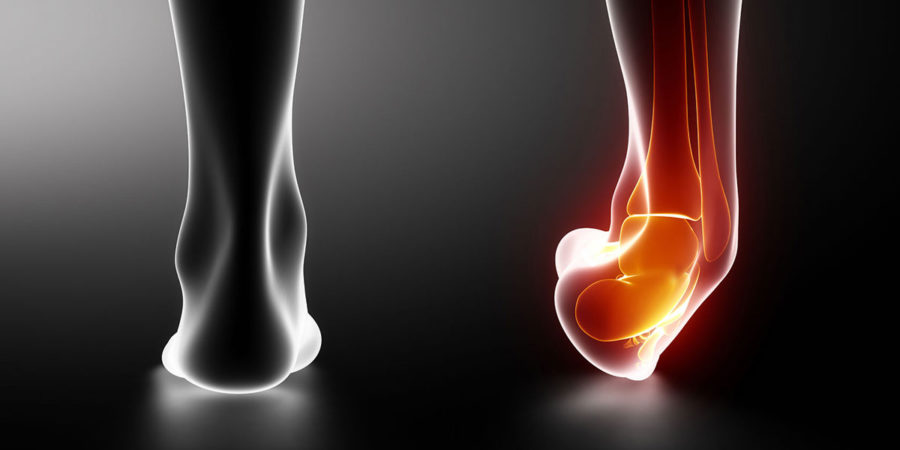Have you ever stepped off the curb wrong and rolled your ankle that resulted in pain and swelling? If you have, it’s important to learn what may be causing the pain and swelling, will it heal, and how to treat ankle sprains if it doesn’t.

What Is an Ankle Sprain?
An ankle sprain is an injury to the ligaments in your ankle which are fibrous tissue bands that connect one bone to another, thereby creating stability for a joint. The incidence rate of ankle sprains is 2.15 per 1000 persons in the United States(1). Most occurred between 15-19 years of age and nearly half of all ankle sprains (49%) occurred during athletic activity. The ligaments on the outside of the ankle are the most commonly injured.
Which Ankle Ligaments Are Involved?
These include the calcaneofibular (CF), anterior talofibular (ATF), posterior talofibular (PTF), and anterior and posterior tibiofibular ligaments.(2).
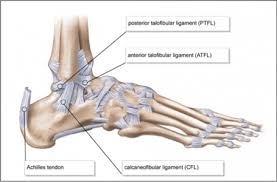
Types of Ankle Ligament Injuries
Just like any injury, injuries to the ankle ligaments are graded based on severity.
In Grade 1: ankle ligaments are stretched but still intact.
In Grade 2: the ligaments are partially torn
In Grade 3: The ligaments are completed torn and the two ends are pulled apart like a rubber band that snapped.
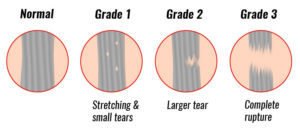
How Long Should It Take for a Sprained Ankle to Heal?
Unfortunately, there is no consensus in the literature. One study examined 31 studies and found that 36-85% reported a full recovery within a period of 3 years (3). Unfortunately, the risk of re-spraining was as much as 34%.
Another study demonstrated that it took 6 weeks to 3 months before ligament healing occurred. (4) Unfortunately at 6 weeks to 1 year many patients still had ankle instability.
At the Centeno-Schultz Clinic, we perform diagnostic ultrasound evaluations of your ankle ligaments to determine their integrity as well as document their healing after an injury. An ultrasound examination can also determine the stability of the ligaments which is not possible with MRI.
What Happens if You Leave a Sprained Ankle Untreated?
Ankle ligament injuries left untreated may not heal on their own and put the patient at risk for re-injury and chronic instability. Instability of the ankle joint is a big deal as it can lead to additional injury to the ankle tendons and cartilage leading to early-onset arthritis. Ligaments are like the lug nuts on your car’s wheel. If you do not fasten the lug nuts tight, the wheel will wobble. This wobble will result in uneven wear and tear on the tire, the safety of the vehicle, and the longevity of the tire. Similarly, damaged or loose ankle ligaments can create joint instability, which in turn can cause additional injury to the ankle joint and as mentioned above, early-onset arthritis.
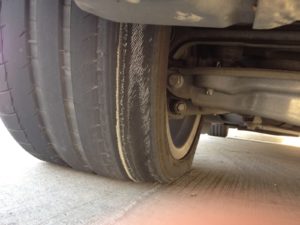
How to Treat Ankle Sprains
If you do have damaged or torn ankle ligaments, it’s crucial to learn how to treat ankle sprains. The severity of the ligament injury will determine one’s treatment options. Most patients have grade 1-2 ligament injuries and therefore can most likely avoid surgery. Unfortunately, the MRI report often does not indicate if the ligament tear is full and not retracted (Grade 2) vs retracted (Grade 3), often making it impossible to determine if a given patient requires surgery by the MRI report alone. Complications for surgery include nerve injury which has been reported to occur in 6-11% of patients. (5). Overall the complication rate is concerning and is 15% with arthroscopic surgery vs 15% with open surgery. (6). Most alarming is that 7% of patients who undergo lateral ankle reconstruction will need a second surgery because the first surgery failed. (7). Surgery may increase the risk of post-traumatic osteoarthritis. (8)
Conservative treatment options include bracing, PT, and balance training which are effective in preventing instability (9)
Can Injections Help? Yes!
There is a new, non-surgical alternative that uses a patient’s own stem cells precisely injected under ultrasound guidance. The procedure is called a Percutaneous Ankle Ligamentaoplasty (PAL ) procedure. We began using this procedure a decade ago for patients with ankle injuries at the Centeno-Schultz Clinic. Below are MRIs before and after this stem cell treatment.
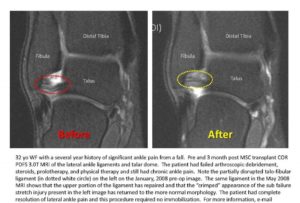
The MRI on the left is prior to treatment vs the one on the right is after treatment. The anterior talofibular ligament (ATF) is identified by the dashed oval. The partially disrupted ligament on the left was regenerated as a result of the PAL procedure. This was accomplished NOT by surgery but by precisely injecting the patient’s own stem cells using ultrasound guidance.
Injections into an injured ankle ligament are not easy and take significant skill both in identifying the ligament under ultrasound and advancing the needle into the damaged ligament, as demonstrated in the video below.
Key Point
Ankle sprains are injuries to the ligaments which are graded based upon the severity of the injury. The majority of patients do not require surgery, which is associated with significant complications. Ligament healing varies significantly and many patients sustain re-injury of the ligaments which puts them at risk for chronic instability, tendon injury, and early onset arthritis. The PAL procedure, which utilizes your own stem cells, is an effective non-surgical treatment option for Grade 1 and 2 ankle sprains.
References:
- Waterman BR, Owens BD, Davey S, Zacchilli MA, Belmont PJ. The epidemiology of ankle sprains in the United States.J Bone Joint Surg Am. 2010;92(13):2279-84.DOI: 10.2106/JBJS.I.01537
- Manganaro D, Alsayouri K. Anatomy, Bony Pelvis and Lower Limb, Ankle Joint. [Updated 2019 Aug 3]. In: StatPearls [Internet]. Treasure Island (FL): StatPearls Publishing; 2019 Jan-. Available from: https://www.ncbi.nlm.nih.gov/books/NBK545158/
- van Rijn RM, van Os AG, Bernsen RM, Luijsterburg PA, Koes BW, Bierma-Zeinstra SM. What is the clinical course of acute ankle sprains? A systematic literature review.Am J Med. 2008;121(4):324-331.e6.DOI: 10.1016/j.amjmed.2007.11.018
- Hubbard TJ, Hicks-Little CA. Ankle ligament healing after an acute ankle sprain: an evidence-based approach.J Athl Train. 2008;43(5):523-9. DOI:DOI: 10.1016/j.amjmed.2007.11.018
- Yasui Y, Murawski CD, Wollstein A, Kennedy JG. Reoperation rates following ankle ligament procedures performed with and without concomitant arthroscopic procedures. Knee Surg Sports Traumatol Arthrosc. 2017 Jun;25(6):1908-1915.DOI: 10.1007/s00167-016-4207-x
- Guelfi M, Zamperetti M, Pantalone A, Usuelli FG, Salini V, Oliva XM. Open and arthroscopic lateral ligament repair for treatment of chronic ankle instability: a systematic review. Foot AnkleSurg.2018 Feb;24(1):11-18.DOI: 10.1016/j.fas.2016.05.315
- Guelfi M, Zamperetti M, Pantalone A, Usuelli FG, Salini V, Oliva XM. Open and arthroscopic lateral ligament repair for treatment of chronic ankle instability: a systematic review. Foot AnkleSurg.2018 Feb;24(1):11-18.DOI: 10.1016/j.fas.2016.05.315
- Pihlajamaki H, Hietaniemi K, Paavola M, Visuri T, Mattila VM. Surgical versus functional treatment for acute ruptures of the lateral ligament complex of the ankle in young men: a randomized controlled trial. J Bone Joint Surg Am. 2010;92(14):2367–2374.DOI: 10.2106/JBJS.I.0117
- 9. Seah R, Mani-Babu S. Managing ankle sprains in primary care: what is best practice? A systematic review of the last 10 years of evidence. Br Med Bull. 2011;97:105-35.DOI: 10.1093/bmb/ldq028
